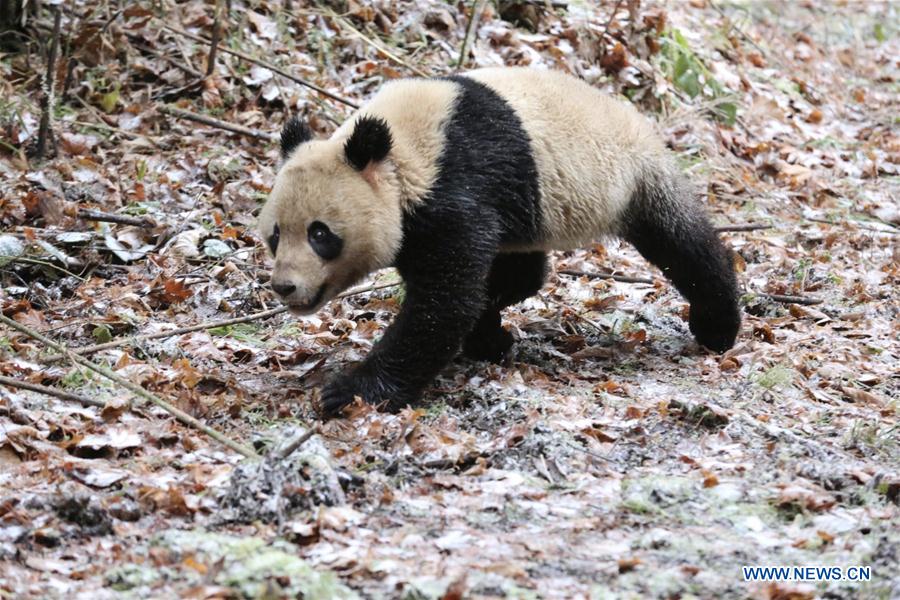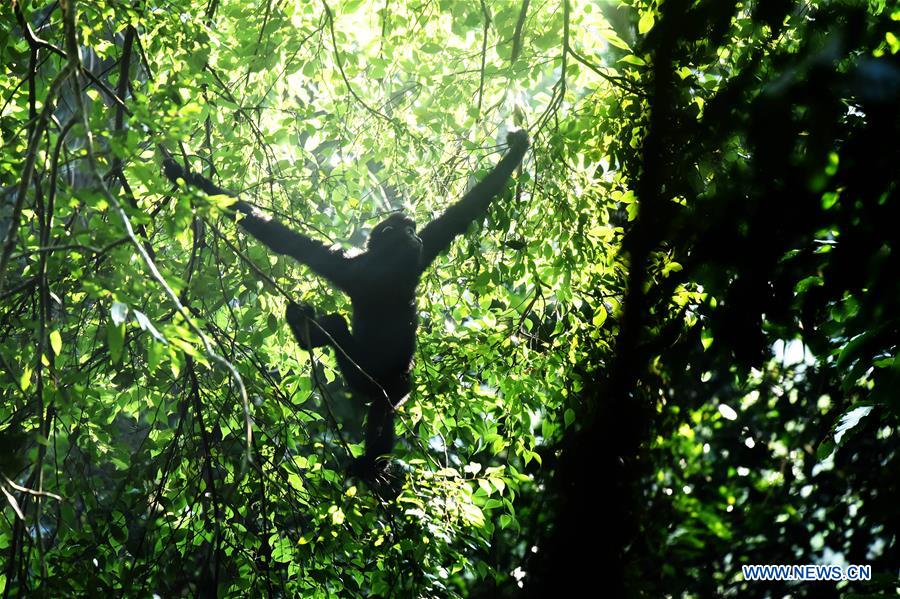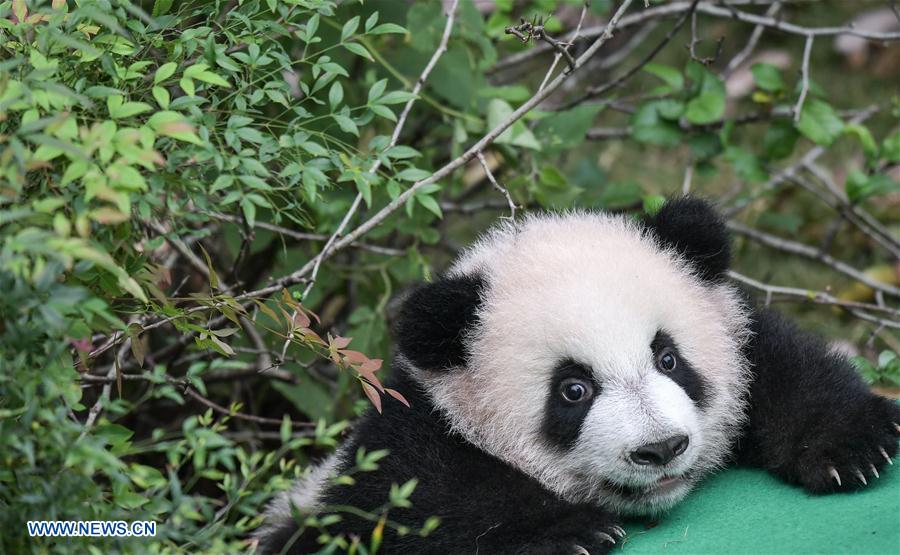You are using an out of date browser. It may not display this or other websites correctly.
You should upgrade or use an alternative browser.
You should upgrade or use an alternative browser.
Chinese Daily Photos, 2011 to 2019!
- Thread starter bd popeye
- Start date
- Status
- Not open for further replies.
The cake is a lie! or is it?

Source:
Context:
Ok, i'm so unbelievably impressed right now. I have built tanks and warplanes scale models in the past, which resulted in a high appreciation in details, but this takes the cake (pun intended), and it's all edible too!
Judging by the winner/participants list, it seems confectioner is a popular job in China.

Source:
Context:
Ok, i'm so unbelievably impressed right now. I have built tanks and warplanes scale models in the past, which resulted in a high appreciation in details, but this takes the cake (pun intended), and it's all edible too!
Judging by the winner/participants list, it seems confectioner is a popular job in China.
It is so pretty, i can stare at it all day.The cake is a lie! or is it?

Source:
Context:
Ok, i'm so unbelievably impressed right now. I have built tanks and warplanes scale models in the past, which resulted in a high appreciation in details, but this takes the cake (pun intended), and it's all edible too!
Judging by the winner/participants list, it seems confectioner is a popular job in China.
Jura The idiot
General

stunning
Photo taken on Nov. 17, 2017 shows terraced fields in Longji Township of Longsheng County, south China's Guangxi Zhuang Autonomous Region. (Xinhua/Wu Shengbin)
could be
Jura The idiot
General

LOL! at first I thought "A researcher (L)" was a robot, tooA researcher (L) and robot Xiang Xiang conduct synchronous interaction at Hefei University of Technology in Hefei, capital of east China's Anhui Province, Nov. 16, 2017. Robots Si Si and Xiang Xiang, developed by the university, have the initial abilities of making conversations and synchronous interaction with humans. (Xinhua/Liu Junxi)
Jura The idiot
General
Jura The idiot
General

good luck to to youGiant panda Ba Xi runs to the forest at Liziping Nature Reserve in southwest China's Sichuan Province, Nov. 23, 2017. A pair of giant panda, male and female, were released into Liziping Nature Reserve on Thursday as part of a program to rebuild the wild panda population. Ba Xi, the male, was born in July 2015, and Ying Xue is just 14 days older. China has 518 giant pandas in captivity. However, the captive stock lacks genetic diversity. China plans to create a giant panda national park and releasing more pandas into the wild. (Xinhua/Yang Jin)
Jura The idiot
General

it's #2 insidePhoto taken on June 24, 2016 shows the science and technology park in Shenzhen, south China's Guangdong Province. As one of China's first special economic zones, Shenzhen has evolved from a tiny fishing village into a vast metropolis. It is also a high-tech hub in China. (Xinhua/Mao Siqian)
Shenzhen shows vitality as China's vast metropolis
Xinhua| 2017-11-26 15:54:27
Jura The idiot
General

haven't heard of it before noticing now (the above picture is #5)Photo taken on Oct. 27, 2017 shows a Hainan gibbon on a tree at the Bawangling National Nature Reserve in Changjiang, south China's Hainan Province. The Hainan gibbon, or Nomascus Hainanus, is the world's rarest primate, and probably rarest mammal species. Once numbered around 2,000 in the 1950s, they underwent a sharp decline in the late 20th century largely due to habitat loss and hunting. Typically living in rainforest trees over 10 meters tall, the Hainan black crested gibbon (Nomascus hainanus), with long arms and legs but no tail, rarely sets foot on the ground, making captive breeding difficult. (Xinhua/Li Fei)
In pics: Protection of rare primate Hainan gibbon
Xinhua| 2017-12-02 21:56:28

by , on Flickr
by , on Flickr
by , on Flickr
by , on Flickr
by , on Flickr
by , on Flickr
by , on Flickr
Last edited:
- Status
- Not open for further replies.


